
Netflix and Hotstar stood next in the queue
Many TV cable subscribers planning to switch to OTT platforms post the TRAI’s new rule
Telecom regulator’s new rule came into effect on February 1, this year
Amazon Prime was the most-viewed over-the-top (OTT) video streaming platform in India for the period between February 12 and March 3, this year, as per a survey done by Velocity MR, a market research and analysis company.
The survey consisted of a sample size of 2,100 respondents based in top Indian metro cities including Delhi, Kolkata, Mumbai, Hyderabad, Bengaluru, Chennai, Ahmedabad and Pune. According to their findings, more than 70% of respondents claimed to watch Amazon Prime regularly at least once a week, followed by Netflix with 56% and Hotstar with 50%.
In a statement to Inc42, Velocity MR managing director Jasal Shah said that Amazon Prime has been consumer’s favourite mainly because of its cheap bundling offers in collaboration with telcos such as Airtel. Although there are many OTT players who have forged tie-ups with telcos, Velocity maintains that their subscription fee is expensive than that of Amazon’s.
On the other hand, Netflix was popular for its original content and is expected to remain the same as it has announced eight more India-based original content. According to Shah, Hotstar’s viewership was mainly high on sports content. It is likely to grab more viewership during the upcoming Indian Premier League (IPL), starting March 25. Star India-owned Hotstar is the official broadcaster of IPL.
While Prime’s service is currently available in India at a monthly price of $1.90 (INR 129), Netflix charges range between $7.80 and $12.30 (roughly INR 500-800), and Hotstar is available at $3 (INR 199). Prime has also been betting big to lure Indian consumer with its original content. It has announced six new and returning series for the current year, these include a crime thriller ‘The Last Hour’, a romantic musical series ‘Bandish Bandits’, two stand-up comedy shows, an investigative thriller, and a political drama.
Other than these top-three OTTs, Viacom 18-owned Voot had a viewership of 28%, Eros Digital-owned Eros Now with 17%, Ekta Kapoor’s ALTBalaji with 13%, PCCW Media-owned Viu with 9%, Sun TV Network’s Sun NXT with 7%, Contagious Online Media-owned TVF Play with 6%, and other video platforms collectively had 3% viewership within that period.
Post TRAI New Rule: Many May Switch To OTT Platforms
According to a new framework by the Telecom Regulatory Authority of India (TRAI), consumers of DTH and cable channels will need to pay a network capacity fee (NCF) of INR 130 ($1.8) and 18% GST atop for up to 100 channels. Further, users opting for more than 100 channels, the NCF will be priced at INR 20 for extra 25 channels. The framework came into effect on February 1, 2019.
Shah, citing the survey, said, “More than 50% of respondents said that the regulation allows them to choose the channels they like and the cost per channel is not an issue but about 40% claim that they get fewer channels for the same price they had paid earlier. In other words, TV subscription costs have become expensive.”
Velocity’s latest survey finds that the DTH and cable channel users were spending an average monthly payment of INR 350 ($5.05) before the TRAI regulation was implemented. Post the regulation, it finds that its average monthly spend on Cable/DTH connection to view all their preferred channels in top Indian metros has risen to INR 1K ($14.4).
The telecom regulator has further extended the deadline till March 31, 2019, for DTH/Cable customers and subscribers to choose their favourite channels as per the prices they deem fit. TRAI has also directed the DTH companies to fix the best fit plan, till then.
According to Velocity, post the telecom’s regulation, 60% of the total respondents said that they would switch to OTT platforms, while the remaining 20% opted to go for a lesser number of channels.
The attention is now turned towards the final OTT regulation being prepared by the TRAI, aimed at providing fair and reasonable opportunities to all market players. This regulation, according to TRAI chairman RS Sharma, is expected to be finalised in a couple of months. The telecom regulator has already released a consultation paper on ‘Regulatory Framework for Over The Top (OTT) Communication Services’. The consultation paper was open for public comments until December 24, 2018.








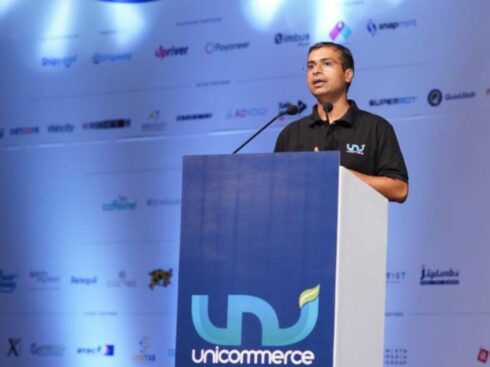
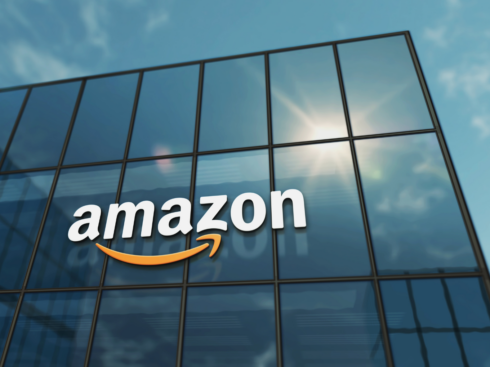
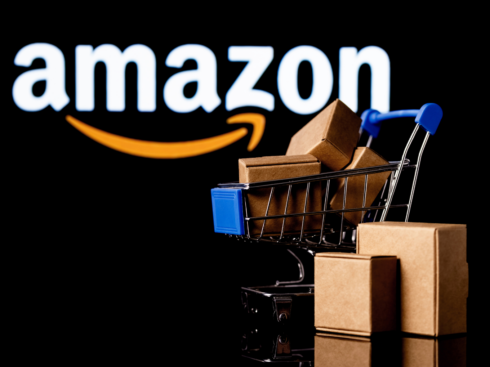

















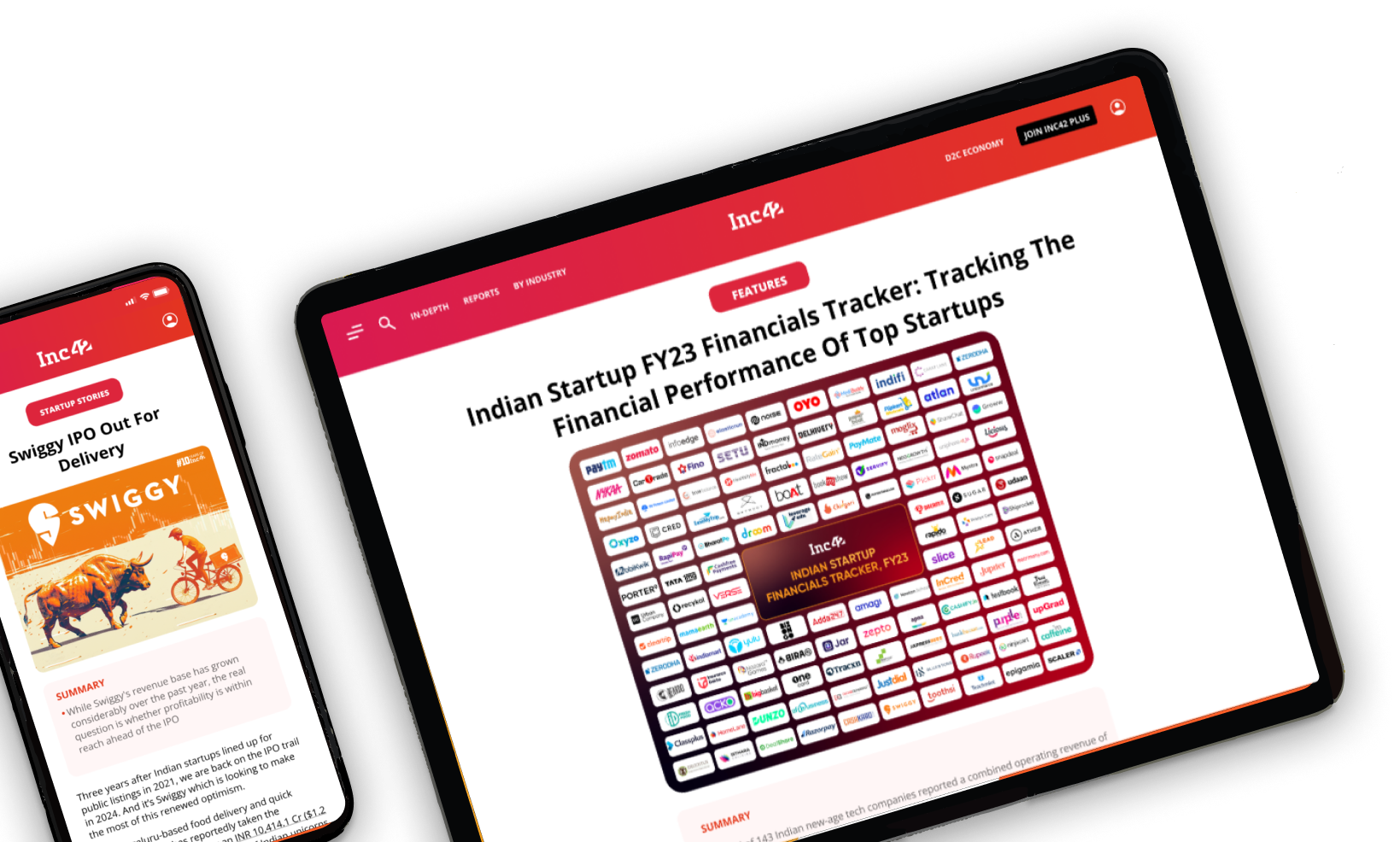
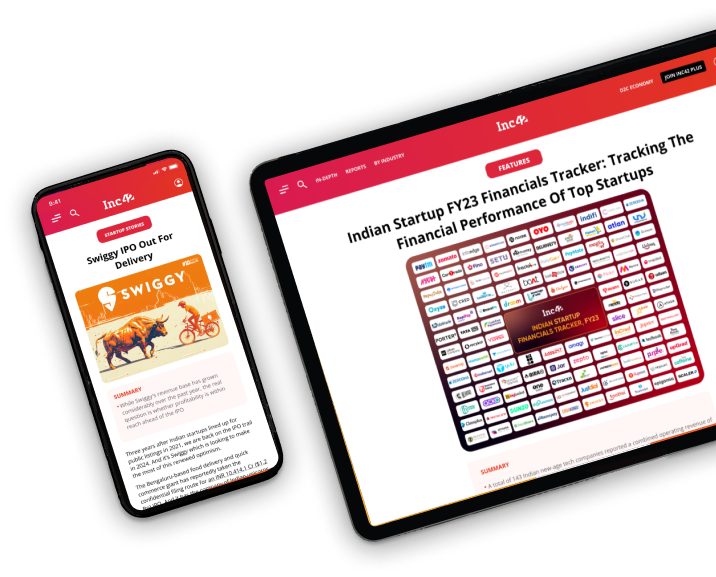
 Ad-lite browsing experience
Ad-lite browsing experience